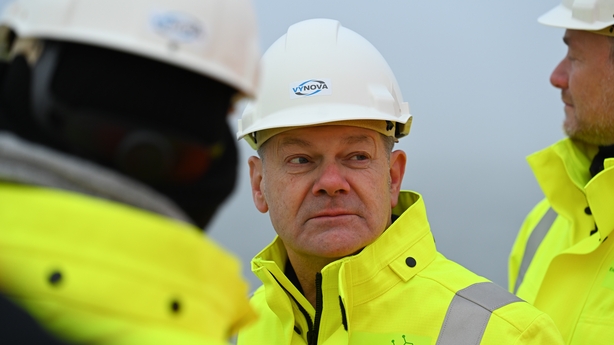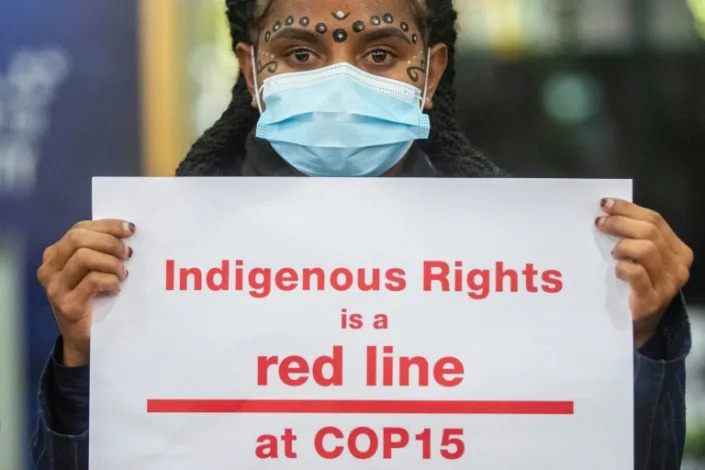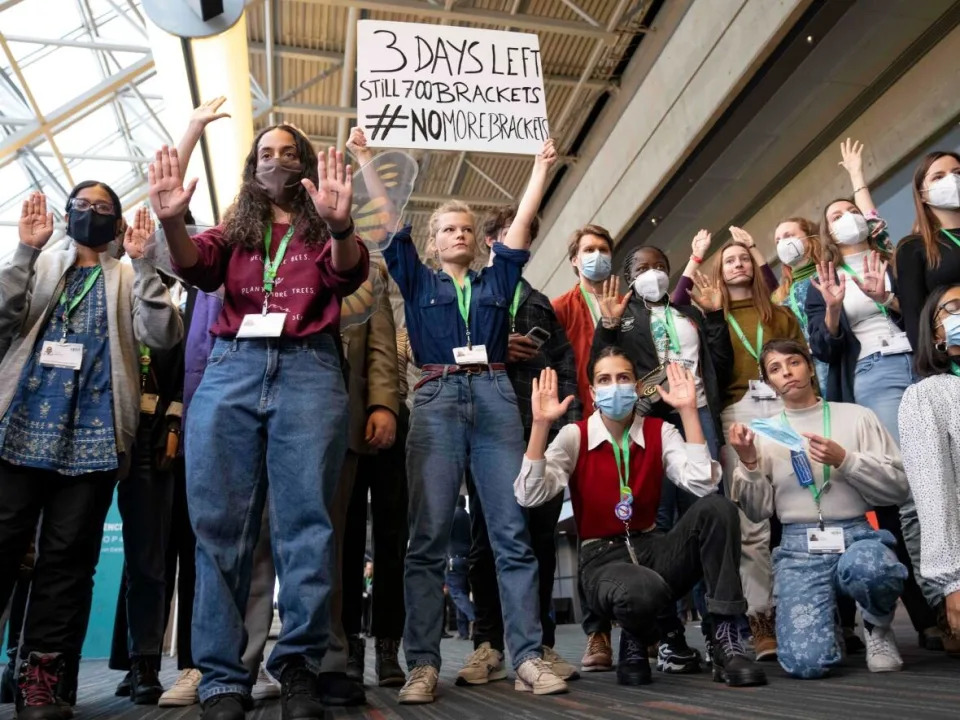Less than 9 percent of voters turned up to cast their ballot amid an opposition boycott of parliamentary elections.
By Elizia Volkmann
Published On 17 Dec 2022
Tunis, Tunisia – Tunisia’s parliamentary election on Saturday witnessed a record-low turnout as most political parties boycotted the polls, denouncing it as the culmination of President Kais Saied’s march to one-man rule.
Last year, Saied, a former law professor, unseated the government and suspended parts of a 2014 constitution, which was a product of the Arab democratic uprising in 2011. The charter curtailed the president’s powers in favour of parliament and the prime minister.
Saied called Saturday’s legislative vote a “historic day” as he urged Tunisians to cast their ballots.
“It is a historic day by all standards. [The election date] was determined and respected despite all obstacles,” he said after voting at a polling station in the capital Tunis.
However, less than 9 percent of registered voters turned up to cast their ballot on Saturday.
Since the morning, people barely trickled into polling stations. For most of the day, it seemed that there were more voting centre staff and security than voters. Observers said that numbers at best crept into the tens.
At 08:05am (07:05 GMT) at a polling station in downtown Tunis, only one woman – local small business owner Manoubia Shagawi – had turned up to vote.
“I want to support my country and to support my president. I want the country to go forward and get better and that’s why I voted today,” she said.
This was in sharp contrast to a group of young women who, when asked if they intended to vote, responded with a resolute “No” and walked off.
Oumaima ben Abdullah, a campaigner with the centre-left Democratic Current party, said, “The active boycott is by people from civil society and political parties.”
Zoubeir Daly, a founding member of the Tunisian election observation association, Mourakiboun, explained that people were effectively staying away from the ballots as a silent protest rather than apathy.
“It’s a statement about the people’s feelings on the situation of the country overall,” he said.
Al Jazeera’s Hashem Ahelbarra said the turnout is an indication of the general sentiment among Tunisians who are concerned about the future of their country.
“The opposition has boycotted the election,” he said. “The biggest and most powerful trade union, UGTT, decided it won’t take part in this political process and has been very critical of President Saied.”
Ahelbarra said that the tattered economy, high inflation, and sky-rocketing food prices are all factors in why many people did not vote.
“This explains why people over the last few weeks lost hope in the political process, and hence, [there was] an unprecedented low turnout in Tunisia,” he explained.
‘Vote for who?’
In the capital Tunis, the election process itself went smoothly without a hitch.
New observers, Russia’s Civic Committee, were impressed with the calm professionalism of the elections teams that operated the centres. Security was less intrusive than during the July referendum, but still, against the rules, members of security services regularly wandered through voting centres out of boredom rather than to intimidate.
However, far away from the capital city, other observers witnessed vote buying in the west, in a number of voting centres in Nabeul to the south, Gafsa in the marginalised interior and in the desert city of Tozeur. To the west near the Algerian border in the town of Sbeitla, Mourakiboun witnessed rival candidate supporters involved in a brawl.
The lack of information about candidates has been a big turn-off for many of the electorates. Aymen, a Tunisian taxi driver said he wasn’t planning on voting.
“Vote for who? I have no idea who any of these people are,” he said.
Zyna Mejri of the Tunisian fact verification association, Falso, said that the campaign and running of the elections have been characterised by poor communication and even worse information.
“I think it is based on the ignorance of candidates. They don’t know what the role of the new parliament will be. I don’t think many of them have read the new constitution, and do not know the difference between an MP and a cabinet minister.”
Mejri said that this has led to inadvertent misleading of the electorate.
“They’ve been making promises they will not be able to deliver on because they think they will have the powers of ministers and warned this could cause problems once parliament begins working,” she said.
‘Old man’s world’
Monica Marks, an assistant professor of Arab Cross Road Studies at New York University told Al Jazeera: “No candidate who ran in today’s election could possibly understand what their role can be. Nobody, not even the most seasoned constitutional scholars or Tunisian experts know what the role of a member of parliament will be.”
After the polls closed, the Independent High Authority for Elections (ISIE) published the final voter turnout figure of just 8.8 percent of 9.3 million registered voters.
Marks said that she was surprised to see such a seemingly honest voter turnout figure.
“Had the ISIE said voter turnout was over 10 percent, I would have questioned it,” she said.
Throughout the lead-up to the election, human rights groups have decried the lack of female and youth candidates. Come polling day, the majority (66.1 percent) of voters were male and over 45 years old, and the largest group were over 60s.
Commenting on the voter demographic, Marks said: “We saw this in the referendum in the summer and see it even more dramatically now to shift Tunisia one of the most progressive models of gender, youth to a man’s world, and not just a man’s world but an old man’s world.”
The initial results of the legislative elections will be announced on Sunday, but how parliament will actually operate is yet to be seen.
“One thing for sure is that this parliament will be a powerless Potemkin parliament,” Marks told Al Jazeera.
KEEP READING
Tunisians trickle in to vote in elections as opposition boycotts
Will Tunisia’s political crisis ever end?
Why are Tunisia’s parliamentary elections so controversial?
SOURCE: AL JAZEERA



















